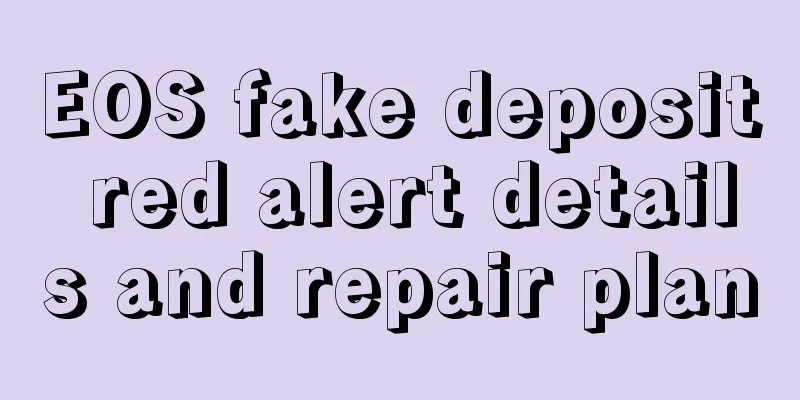Bitcoin, a sophisticated pyramid scheme?

|
In 1821, Gregor MacGregor, the self-styled Poyais chieftain (or prince), returned to England as a war hero from an exotic land. His stories of a democratic and fertile Latin American land prompted investors to snap up Poyais land certificates and spend £200,000 on Poyais sovereign bonds. McGregor’s story appealed to the era’s obsession with democracy and the frontier, as well as the fashion for investing in foreign countries. His acquittal was an early example of how complex scams were difficult to prosecute. His scams were copied by fellow scammers. The tactic has been around since the Dutch tulip bulb craze of the 17th century to Charles Ponzi’s iconic scam in the 1920s. The latest incarnation is MMM, a “social finance network” powered by YouTube and the bitcoin cryptocurrency, and run by Sergey Mavrodi, a former Russian lawmaker convicted of fraud. Would-be MMM members buy bitcoins and win rewards by testifying online about their improbable profits, a trend that has helped drive the price of bitcoin up from less than $200 in September to more than $500 last week. The question is whether this marks a resurgence in cryptocurrencies or simply represents the long-standing “get rich quick” scam finally finding its way to Bitcoin. Bitcoin was invented by an anonymous mathematician in 2008. In the years that followed, its technology gained traction as a way to manage a currency through mathematical rules rather than a printing press at a time when many were uneasy about the actions of central banks in the aftermath of the financial crisis. Bitcoin also fits into a wave of technological innovation that has seen valuations of small startups soar into the billions, allowing anyone with a good idea and a decent piece of software to make a killing. Bitcoins are generated by computers solving math problems. Over time, the total number of bitcoins generated by solving math problems is limited. A public ledger can track the distribution of bitcoins. As Bitcoin attracts more attention, its price rises, which in turn draws more money and attention. Early Bitcoin users get rich quickly, or lament how much better off they would have been if they hadn't lost their Bitcoins stored on a junk hard drive. By December 2013, bitcoins were trading at more than $1,200 apiece. In 2014, they lost three-quarters of their value after suffering an age-old conundrum: the collapse of an overextended broker. The famous Bitcoin exchange Mt Gox went bankrupt. After that, the electronic black market website Silk Road was seized, causing the price of Bitcoin to plummet to nearly $100. Such wild swings undermine the case for using Bitcoin as a currency. “When the value of a currency fluctuates, people switch to another currency or to barter,” said Nobel Prize-winning economist Eugene Fama, citing the example of Zimbabwe. “The volatility of [Bitcoin’s] value is too great to be used as a medium of exchange.” Bitcoin also lacks another feature of money: a central bank balance sheet. A balance sheet consists of two sides: assets and liabilities. In contrast, Bitcoin's so-called account is just a list of liabilities. In addition, virtual currencies such as Dogecoin have emerged to imitate Bitcoin. Dogecoin originated as a joke and was created in 2013 at the height of the "alt-coin" craze. Before Mavrodi turned to Bitcoin, MMM used mavros as a unit of exchange. The problem with pyramid schemes is that they must recruit new members to avoid collapse, and exponential growth is not sustainable. Bitcoin needs constant publicity because its value comes from its use. Limited supply becomes a fatal constraint. The more people use Bitcoin, the further its price will inevitably rise, hindering its use as a currency. Bobby Lee, CEO of BTCC, China's largest bitcoin exchange, said that bitcoin is used in daily transactions, which makes it a currency. Regarding the price of bitcoin, he said frankly: "Scarcity is the reason why bitcoin is valuable now - the whole reason." He agreed that Bitcoin has the characteristics of a pyramid scheme, but compared it to the real estate market bubble: "It all comes down to our view of pyramid schemes. Is it a good thing or a bad thing?" |
<<: Blockchain startup Stampery receives $600,000 in funding
>>: Bitcoin helps kids overcome depression
Recommend
Women with hooked noses are very stingy and value money very much.
Women with hooked noses are actually very stingy....
What does a mole on the palm mean? Does a mole on the palm mean good fortune?
Moles sometimes grow in unusual places, such as t...
Huang Zitao is a man who will not die easily
The emoticons became popular and have a huge numb...
Analysis of the facial features of men with moles on the nose who are lustful and can't resist temptation
Is it good for a man to have a mole on his nose? ...
What does a mole on the palm of your hand mean?
In fact, although moles can grow anywhere on a pe...
What will happen if a woman has a mole on her lower abdomen? Is it good for your husband?
As one of the traditional physiognomy techniques, ...
Is it good for a man to have high cheekbones?
1. Love fortune: In physiognomy, if a man has hig...
What is the facial features of a woman who brings good fortune to her husband? Analysis of the facial features of a woman who brings good fortune to her husband
A woman who brings good luck to her husband is a ...
What is the difference between the central bank's digital currency DCEP and Bitcoin? And current investment advice
Yesterday, a screenshot of the Agricultural Bank ...
Is it good for a woman to have a mole on her left cheek? What does it mean?
The cheek is a very obvious place. Anything there...
What does a mole on the nose mean?
The nose is the palace of wealth in physiognomy a...
What does the fate line mean?
There are many different lines on our palms, and ...
How to tell the characteristics of a scheming person
People who are scheming are those we must be care...
People who like to show off in life
How would it appear if you accomplished something...
Bitcoin Jesus Roger Ver: It’s time to lift the block size blockade
Recently, I have seen many people in the Bitcoin ...









